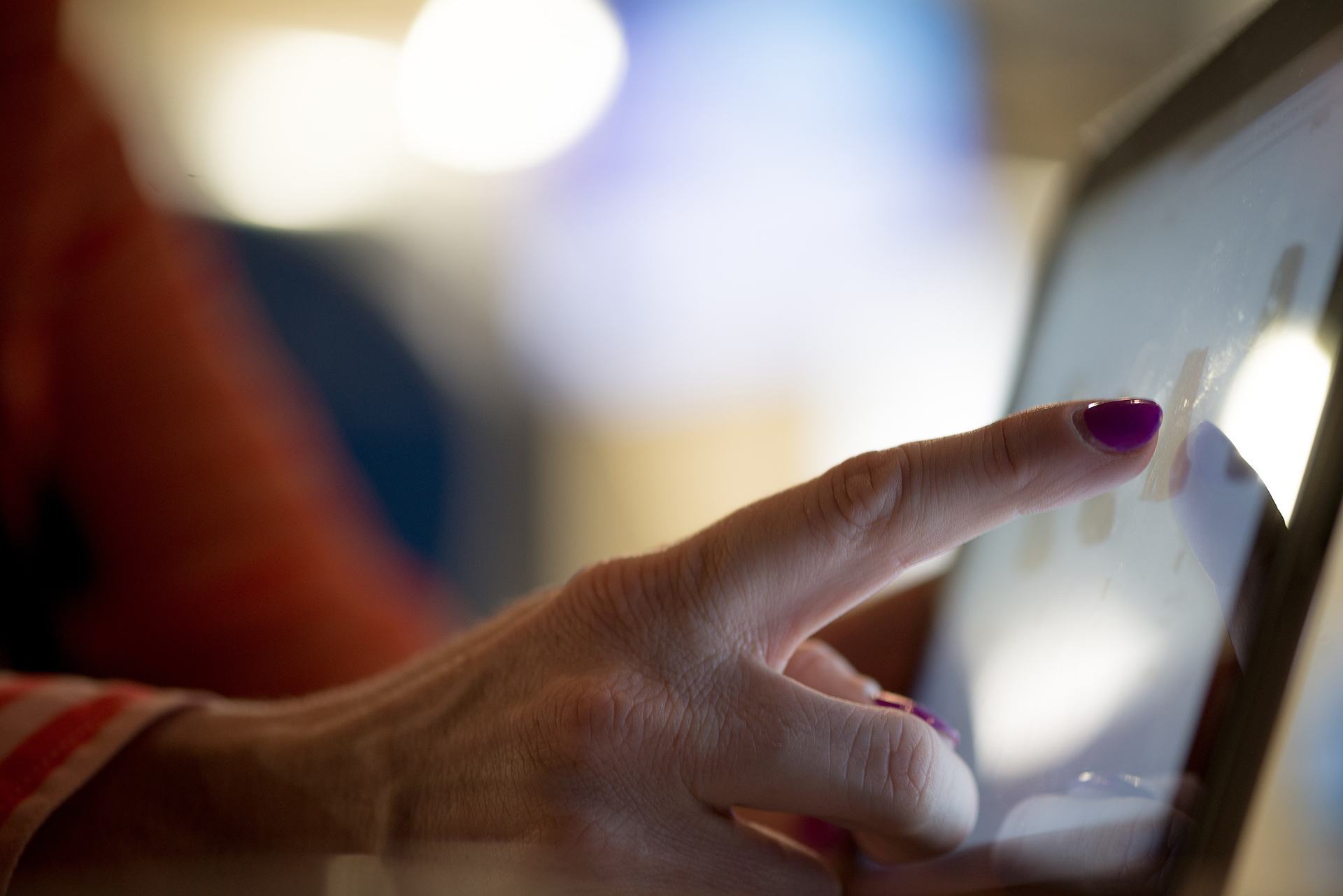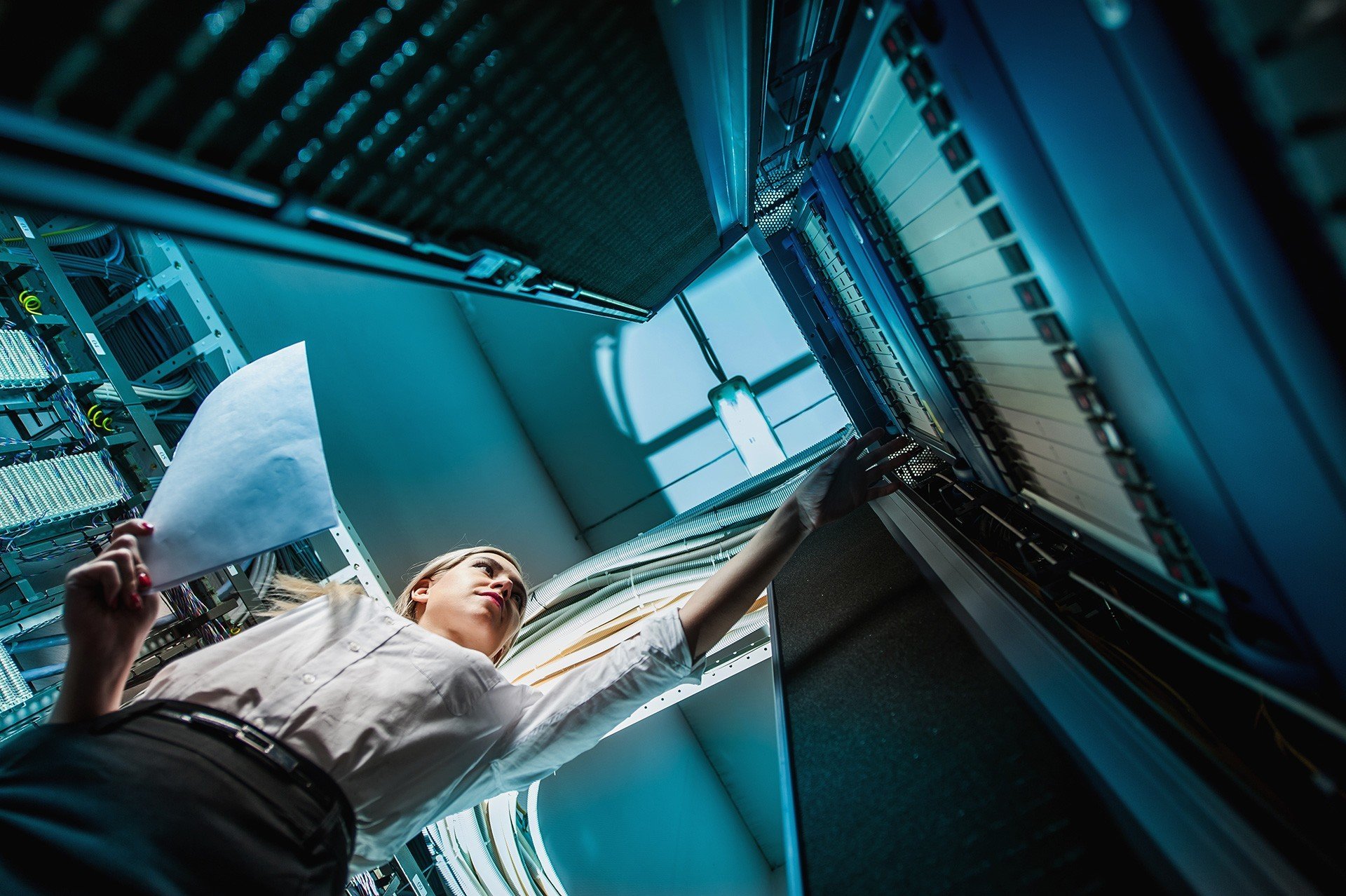Touchscreen technology has changed the way that a lot of people access popular devices, such as smartphones, tablets, and even laptops. Children that grow up in the modern world are so accustomed to using touchscreen technology that any monitor or screen that doesn’t have touchscreen features is seen as strange. Is the world moving in a direction where ordinary screens are antiquated? Perhaps–but perhaps not.
We’ll be asking some of the hard questions regarding touchscreen technology, including whether it is or isn’t necessary for your computer to have one.
Options
Even though the word “computer” might create a very specific image in your mind, there are a lot of devices out there that could technically classify as a computer. There is the classic tower and monitor PC setup, but there are also laptops and other types of devices that are even more powerful than some of the earlier models of computers.
Laptops
To an extent, a touchscreen laptop kind of makes sense. The touchpad is easier to use than a trackpad on many devices, and the screen tends to be right in your workspace so why not put it to use? Granted, there are a couple of downsides to a touchscreen, chief among them being a decrease in battery life. The touchscreen draws a lot of power from the battery, and because it’s basically on all the time, the power drain can be significant (up to 20%). You also have to consider the time spent on maintaining and cleaning the device to make sure it stays in proper working order. Finally, including a touchscreen is sure to increase the price, as the more features a device has, the higher the cost is inevitably going to be.
Desktops
A touchscreen for the typical tower and display workstation doesn’t really make sense from a practical standpoint, and it certainly isn’t worth the cost unless you really want that functionality. If you think about how large your typical monitor is, not to mention the sheer number of monitors some users have, you get to a point where it’s just not worth the investment to use a touchscreen monitor. Laptops make more efficient use of these screens, as they are smaller and more compact. Combine this with the fact that most laptops don’t have a mouse and instead use trackpads, and you have a clear-cut winner in terms of which makes more efficient use of a touchscreen. It just doesn’t make sense from a business perspective to use a touchscreen monitor for your desktop workstation.
All-in-Ones
Some might think that all-in-one devices are a specific kind of desktop, but all-in-one computers are more like a hybrid device than an actual workstation or desktop. They take advantage of the many benefits of a laptop, but without the trade-offs of them. They combine the features and dynamics of a laptop touchscreen with the full power of a desktop. Of course, they also have to deal with the smudging and fingerprinting of these devices, but it’s a small price to pay for the benefits of a touchscreen. Check out some great HP All-in-One’s here.
Mobile Devices
Thanks to the touchscreen, most people have miniature computers in their pocket now known as smartphones. In fact, as of October 2016, more people own smartphones than own full-fledged desktops. Processors continue to grow smaller and stronger, meaning that more can be done with less. Mobile devices wouldn’t be where they are today if they weren’t taking advantage of touchscreen technology.
As for your own business, how will you take advantage of touchscreen technology? Are you making the most efficient purchases for your specific business needs? To find out, reach out to us at (877) 771-2384.








